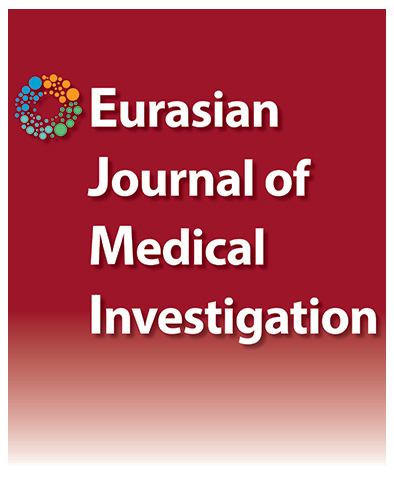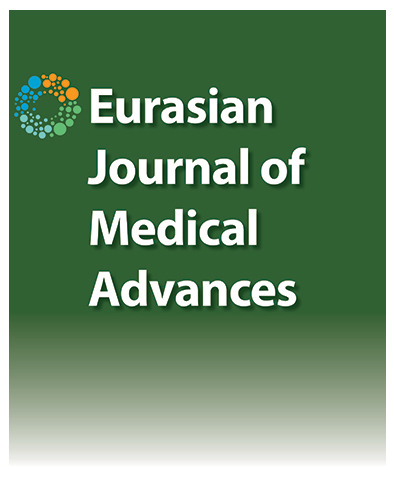Prostate Intraepithelial Neoplasia in Prostate Core Biopsies done for Suspected Prostate Cancer
Muhammed Mubarak, Rahma Rashid, Shaheera ShakeelDepartment of Histopathology, SIUT, Karachi, PakistanObjectives: Prostate intraepithelial neoplasia (PIN) is a premalignant lesion of the prostate with little and varied information on its prevalence in prostate biopsies. This study aimed to determine the prevalence of PIN in tansrectal ultrasound (TRUS)-guided prostate core biopsies in suspected prostate cancer.
Methods: Between July 2012-June 2017, 919 adult males of age ≥ 40 years underwent TRUS-guided biopsies. These were processed for histopathological evaluation. Data was entered into SPSS version 20.0.
Results: The mean age of all patients was 66.14±8.91 years with a median serum total PSA (tPSA) of 16.6 ng/ml (IQR: 9.4-55.0). Of the 919, 80 (8.7%) were diagnosed with PIN. Among these, 66 (82.5%) had concurrent cancer and 14 (17.5%) had isolated PIN. Mean age of patients with PIN and cancer was 66.06±9.8 years and only PIN was 65.43±5.4 years (p=0.817). The median serum tPSA was higher in patients with PIN and cancer, 66.7 ng/ml (IQR: 24.77-183.50) than in isolated PIN, 9.15 ng/ml (IQR: 7.22-19.00) (p=0.124). There was a positive correlation between increasing PSA levels and findings of PIN with adenocarcinoma (p=0.001).
Conclusion: In conclusion, majority of cases of PIN were found in association with adenocarcinoma. Isolated PIN was distinctly low in our setup.
Manuscript Language: English






